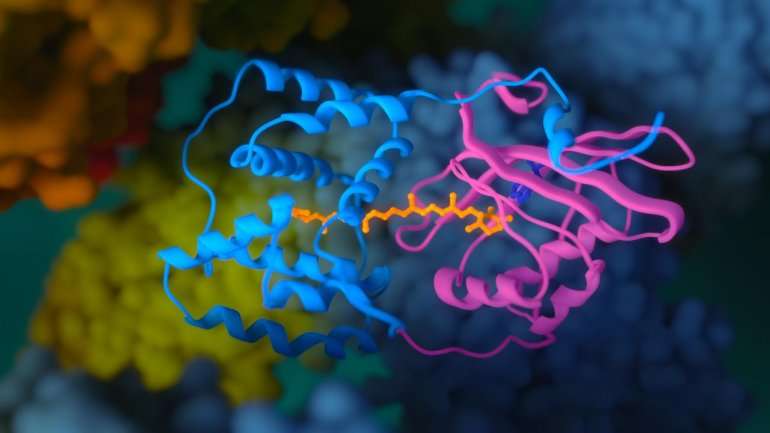The placebo effect is a very unusual and even mysterious phenomenon, but at the same time, confirmed by science. Its essence is that the patient, taking an imitation of a drug (placebos), which in fact has no therapeutic properties, feels an improvement in his condition, for example, feels that the pain that bothers him subsides. The effect only works if the patient is convinced that they are taking the real medicine. Sometimes patients are given a placebo for therapeutic purposes when, for one reason or another, real medication cannot be used. In particular, it is widespread in drug treatment. It should be noted that scientists in the process of testing various drugs and treatments, scientists always try to exclude the influence of the placebo effect, so as not to distort the results of the work. However, until now there has been no scientific explanation of how the placebo effect works and what mechanisms trigger it. The only thing that has been understood is that self-influence has a positive effect. Scientists at the University of Melbourne have made a definite breakthrough in studying the placebo effect. In a recent study, they were able to find out how a fake treatment has a real effect on the brain.
Self-hypnotic treatment – how it works on the body

The placebo effect was discovered by medics long ago – it was known about 400 years ago. All that time, scientists have been trying to find out why many patients treated with placebos made them feel better. Yes, we can assume that the improvement happens on its own, and simply coincides with taking a placebo. However, scientists have repeatedly conducted the reverse experiment – telling patients that the placebo has a serious side effect. As a result, patients taking “placebos” actually started to feel worse. This effect has even been given its own name – nocebo.
To find which parts of the brain were responsible for these effects, scientists at the University of Melbourne recruited 27 people – 13 men and 14 women – for the study. The average age of the participants in the experiment was 23. A thermocouple was attached to each person’s arm and heated to a painful temperature. The participants were told that they applied one of three creams to the affected area: an anaesthetic, a cream that increased the heat, and a cream with no effect. However, all three creams were actually just petroleum jelly.
Simply put, the placebo and nocebo, or more precisely the information received, activated the parts of the brain that are responsible for the sensation of pain. Thus, for the first time, scientists were able to find out how the brain reacts to placebo and nocebo.
Perspective on the treatment of chronic pain
Scientists believe that the findings may make the treatment of chronic pain more effective. Previously, researchers used electrical impulses to treat burning neuropathic pain. Such pains are usually caused by nerve damage, cancer, etc. Brainstem electrical impulse therapy has variable success, so it can go on for a long time without success.
The poor success rate is largely due to the fact that the parts of the brain stem responsible for modulating pain were previously unknown to medical professionals. Stimulation of the trunk using placebo and nocebo has made it possible to reduce localisation. This will allow more precise stimulation of the brainstem. It must be said that it is not only neuropathic pain that can be treated by precise electrical stimulation of certain parts of the brain.




